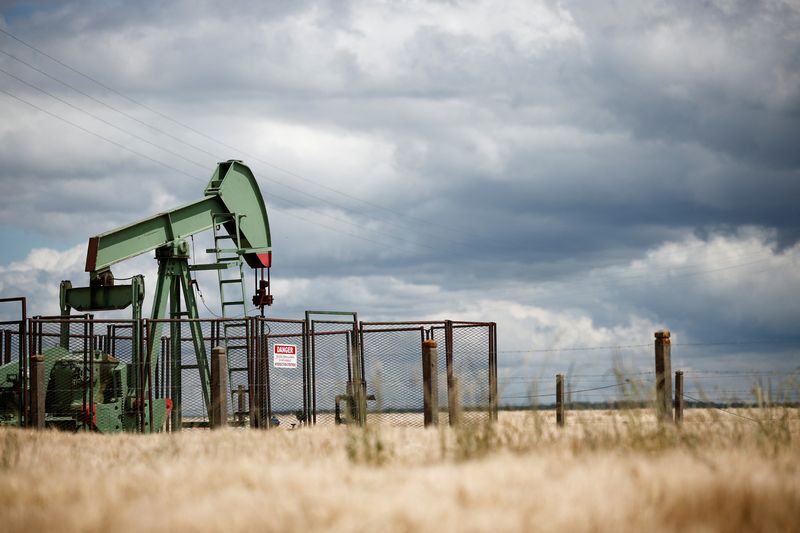February 10, 2025

Investing.com-- Oil prices rose Monday, bouncing after three consecutive weekly declines despite US President Donald Trump's new tariff announcement on all steel and aluminum imports.
At 08:10 ET (13:10 GMT), Brent Oil Futures rose 1.4% to $75.69 a barrel, while Crude Oil WTI Futures expiring in March gained 1.5% to $72.05 a barrel.
Both contracts lost nearly 2% last week after a sharp jump in US crude stockpiles, fears about a global trade war, and Donald Trump’s pledge to boost production.
The imposition of a 10% tariff on Chinese imports by the US has led to retaliatory measures from China, including tariffs on U.S. oil, liquefied natural gas (LNG), and coal.
In addition to tariffs on Chinese goods, the US has imposed a 25% tariff on all steel and aluminum imports, Trump said on Sunday.
These metals are essential for constructing pipelines, storage tanks, and other infrastructure critical to the oil industry. The increased costs for these materials could lead to higher expenses for energy companies, potentially slowing down infrastructure projects and affecting the overall supply chain.
The ongoing trade disputes and the imposition of tariffs are contributing to a complex environment for the global oil market, with potential repercussions for both supply and demand dynamics.
The resulting uncertainty and potential tightening of global supply are contributing to the current rise in oil prices.
The imposition of tariffs has heightened inflationary fears, as higher import costs can lead to increased prices for goods and services. Investors often view commodities like crude oil as hedges against inflation, leading to increased demand and higher prices.
While the immediate impact of these tariffs on oil and gas prices may be limited, the broader implications for the energy sector could be significant.
"Oil prices are also receiving short-term support as the US imposed sanctions on an international network facilitating the shipment of Iranian crude to China last week," said analysts at ING, in a note.
China's latest inflation data for January, painted a weak picture of the country’s economic recovery, adding downward pressure on global oil prices.
The consumer price index (CPI) rose moderately in January, while the producer price index (PPI) saw consistent declines.
This data highlights persistent weakness in both household spending and industrial activity, key drivers of oil demand in the world’s second-largest economy.
A falling PPI indicates continued struggles in the manufacturing sector, which is a major consumer of crude oil. With Chinese factories facing prolonged deflationary pressures, reduced industrial output is likely to limit demand for oil and refined products such as diesel, further weighing on prices.
Additionally, global markets are closely watching China’s policy response. Weak inflation could prompt Beijing to roll out more stimulus measures, such as interest rate cuts or infrastructure spending, which could eventually support oil demand.
The recent positioning data shows that speculators decreased their net long positions in ICE Brent by 17,981 lots over the last reporting week to 289,723 lots as of last Tuesday.
"This was the first weekly decline reported since 31 December 2024. The move was predominantly driven by gross longs falling by 24,308 lots to 372,368 lots," said ING.
For NYMEX WTI, speculators sold 51,252 lots for a second week straight over the reporting week, leaving them with a net long of 140,540 lots – the lowest since the week ending 10 December 2024.
(Ayushman Ojha contributed to this article.)